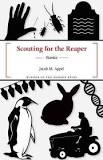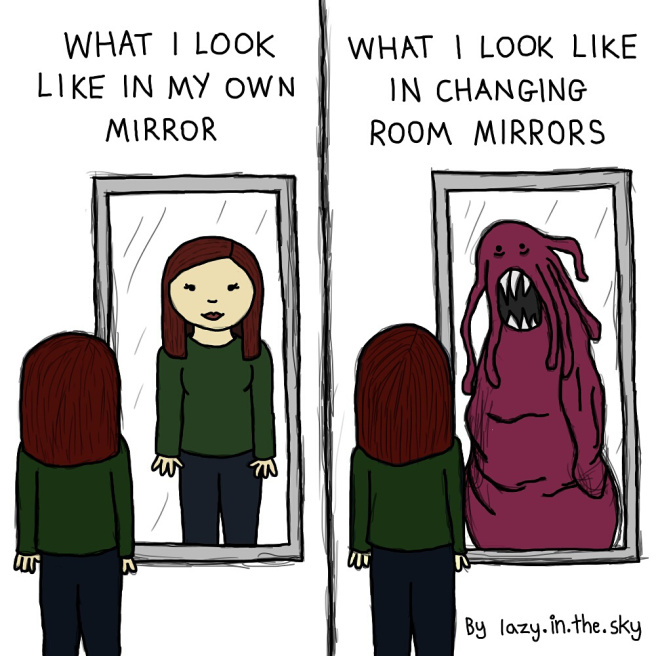Download links for: Different Learners: Identifying, Preventing, and Treating Your Child's Learning Problems


Reviews (see all)
Write review
a must read for all parents and educators - very easy to read and packed with information!
Excellent book. Checking out other books by the same author.
Reviewed for Library Journal
Other books by Nonfiction
Related articles












